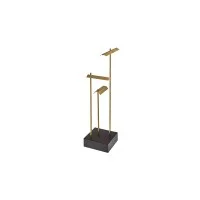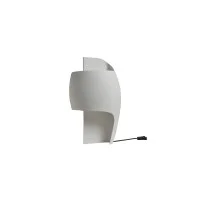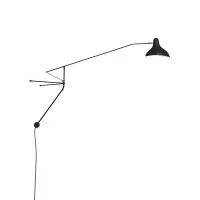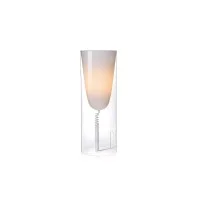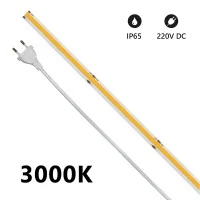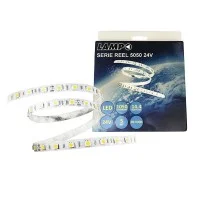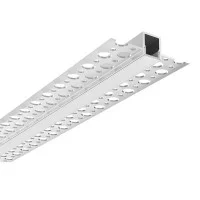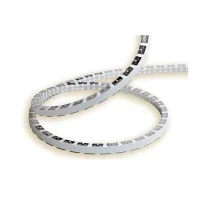DALI technology
Through studies and tests, in recent years a lot has been discovered in terms of lighting management. This has allowed companies in the sector not to limit themselves only to improving the switching on and off of the light but to go further.
In fact, a cutting-edge and innovative system is DALI. DALI is a protocol that allows you to automatically manage the switching on and off of the light, quickly locate any system faults, adjust the brightness of the lamp and much more.
So what is DALI specifically?
DALI literally means: "Digital Addressable Lighting Interface". This protocol ensures coordination, communication and information between control devices in lighting systems.
DALI therefore allows you to replace the 1-10 V dimmer interface and is dimmable from 0-100%. Each DALI system also consists of a controller and up to 64 lighting components, such as a power supply. Each of these components is then assigned a unique address.
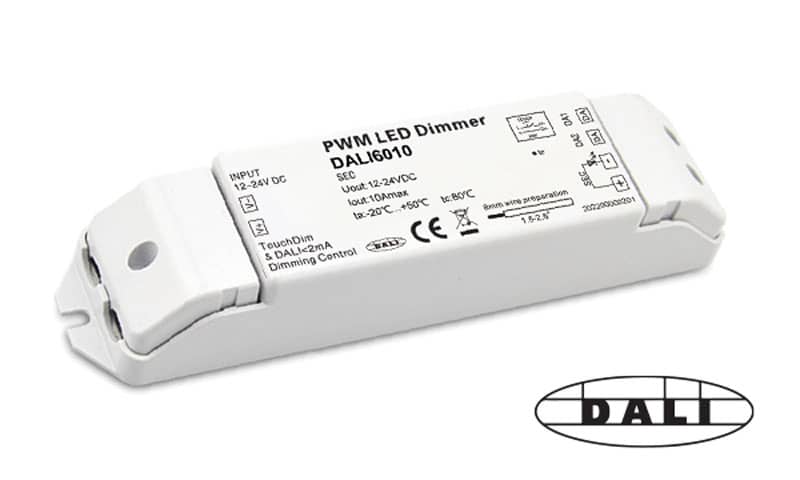
What are the advantages of the DALI system?
Several advantages have already been listed above but now we will go into more specifics, so that we can clearly understand the benefits that the use of this protocol can bring. In fact, DALI help you to manage the entire lighting system, to group and store light products or to isolate some of them from the rest of the system. Furthermore, DALI will allow you to have real-time information on the status of the lamps: by adjusting their switching on and off, by analyzing the level of operation and their power. Especially this last point will help you to detect any faults in the electrical system in the shortest time.
In addition to the technical advantages, DALI is also an ally in terms of energy saving, management and maintenance. This is because the presence of motion sensors and the dimmability of the light make it possible to optimize energy consumption, guaranteeing significant savings on electricity costs.
Last but not least, DALI is very practical and simple to use, improving the user experience. In fact, once the commands have been started, the entire lighting system is managed automatically.

So why use the DALI system?
This communication protocol can be used safely by any luminaire because it complies with the IEC 60929 and IEC 62386 standards, which guarantee the reliability of DALI with different luminaires.
Furthermore, the DALI system is extremely versatile and easily adaptable, which allows it to be installed in any type of setting, both domestic and work.
What are the different methods used to adjust the light intensity of the lamps?
Traditionally, lighting fixtures are regulated simply by switching them on and off. This regulation mode (ON / OFF) usually takes place with a click of a switch. However, the new fixtures, especially those developed with LED sources, also allow the adjustment of light intensity (dimming).
The regulation of the appliances is normally done through:
- Dimming of electric potential (decrease in power): phase control
- Analog control signal dimming: 0-10V, 1-10V.
- Digital control signal dimming: DALI
Alternating current cut-off regulators are normally used to regulate incandescent or halogen bulbs. With this method, the charge of a lamp can be controlled with a regulator and have a range that goes from 40% to 100%, mutually identified by the letter RC or RL.
Analog dimming, on the other hand, allows the regulation of the lighting devices by means of an analog voltage signal between 1V, corresponding to the minimum brightness level, and 10V corresponding to the maximum brightness level. The switching on and off of the appliances takes place by acting on the power supply.
DALI (Digital Addressable Lighting Interface) digital dimming is a standard technology based on a digital signal capable of uniquely addressing up to 64 luminaires. All the modules can communicate with each other in a bidirectional way as called each one has a unique address, short address.
Integrated dimmer
There are types of built-in dimmers provided: rotary or button. A toggle dimmer can be pressed to turn the lights on or off and turning the switch will vary the intensity of the light. This button will then work according to the same on-off principle but to change the intensity of the light, you will need to press and hold the button.
Written by Alice Pruccoli
Share this content
